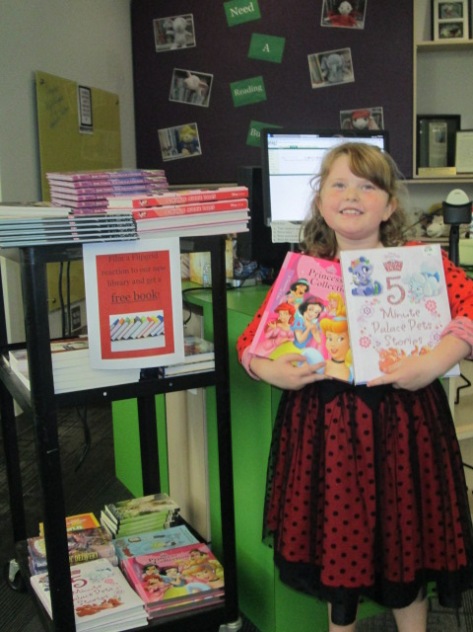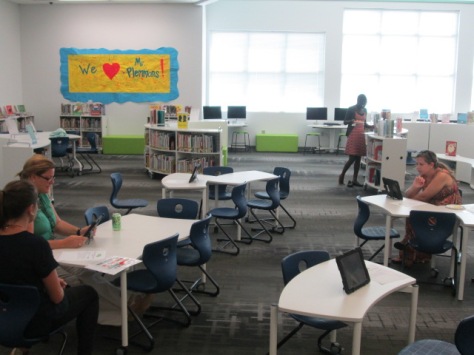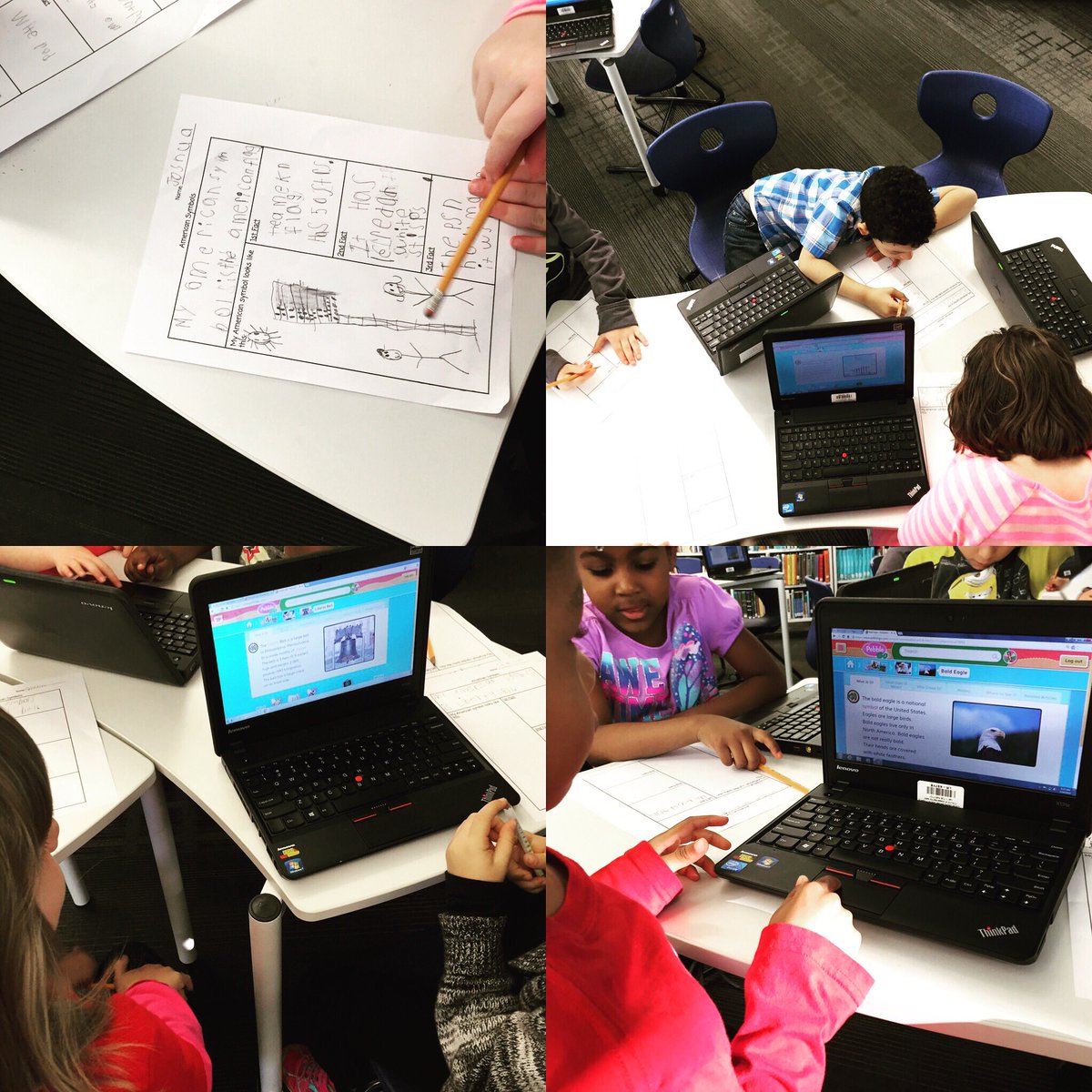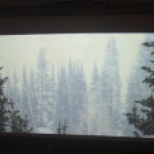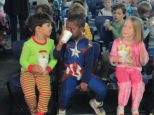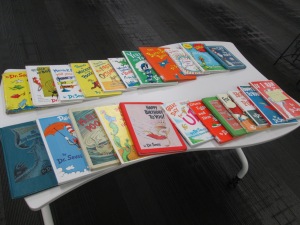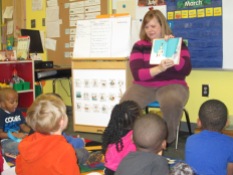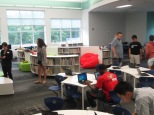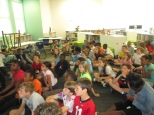
I am so excited to share that this was the very first year our school was served by an amazing program called Books for Keeps. This non-profit group was founded by Melaney Smith and gives 12 new books to every student in 12 of our 14 elementary schools in Clarke County. They also serve schools outside of Athens as well. It takes a massive effort in fundraising, grant writing, and volunteer hours to make this happen in each school.
I’ve had several questions on social media about this program and how it works, so I’ll try to explain it here.

Before the event:
- Year-round Books for Keeps is fundraising, grant writing, and ordering books to deliver to their warehouse. Volunteers spend many hours sorting and boxing books grouped by grade levels and themes and sorted into stacks for delivery to schools in April & May.
- I send a master schedule to Books for Keeps which includes the number of kids in each class. They create a draft schedule that I send to teachers for feedback.
- During the year, Books for Keeps checks in to see if numbers need to be adjusted in each class and the schedule is finalized.
- Boxes of books are delivered to the school and sorted into areas for quick distribution to tables.
- Bags and tags arrive for every student. Bags & tags have to be counted out and delivered to each class. Teachers/students write student names on tags.
- Since this was the first year, I did an introduction to Books for Keeps via Youtube Live.
- I did a presentation to our whole faculty at a staff meeting so they were comfortable with the process and understood the purpose of BFK. The biggest things to go over were the importance of student choice and the importance of making sure every child got to participate.
- I also sent home info to families in the my monthly newsletter.
- A volunteer signup went out from Books for Keeps to help with distribution.
- Right before distribution day, I arranged tables in the middle of the library.
Distribution Days May 14 & 15

- Volunteers arrived for a morning shift and an afternoon shift

- Leslie Hale & Justin Bray from Books for Keeps handed out aprons, clipboards and questionnaires as well as gave volunteers and overview of what to expect during each visit from classes.

- Leslie and Justin also unboxed books for each class session and volunteers stocked the tables.
- As classes arrived, Leslie or Justin gave an intro to each class on choosing 12 books, the importance of summer reading, and the process for checking out with a volunteer.
- Students carried their bags to the tables and self selected 12 new books. Volunteers were encouraged to hold back and let students look. We wanted students to self select books because that’s a huge predictor of whether kids will actually read during the summer. If a student was having trouble making selections, then volunteers would step in to have conversations and make suggestions.

- When students had 12 books, they visited a volunteer to count their books. Some students had too many and needed to make decisions. Others didn’t have enough and went back for more.
 Volunteers also asked students about which book they were most excited about as well as what was missing from the selections. This helps Books for Keeps make purchases for next year.
Volunteers also asked students about which book they were most excited about as well as what was missing from the selections. This helps Books for Keeps make purchases for next year.
- When a class left, new books came out of boxes and onto tables and the process repeated again.
- Each class had 20-30 minutes depending on the number of students.
I’ve been hoping Books for Keeps would come to our school for several years. There have been many initiatives where I’ve tried to get some extra books in student hands for the summer, but none as large as this one. A few things I’ve tried include:
- Giving Middle School the Worst Years of My Life to all of our 5th graders for World Book Night. https://expectmiraculous.com/2013/04/23/world-book-night-2013/
- Giving all 3rd and 4th graders a copy of Pie. https://expectmiraculous.com/2015/03/26/give-our-students-some-pie-by-sarah-weeks/
- Creating summer reading buckets (home libraries) for 100 students in multiple grades. https://expectmiraculous.com/2016/05/04/home-libraries-and-summer-reading/ and https://expectmiraculous.com/2016/04/12/building-home-libraries-a-community-collaboration/
Books for Keeps takes approximately $15,000 per school which means about $30 per child. They rely heavily on donations, so if this program speaks you to, check out their site and make a donation. http://booksforkeeps.org/ 
These 2 days were amazing and filled with smiles, squeals, and students jumping straight into a book to read. I’ve gotten messages from families who said that their child got such a great mix of books that were truly of interest. I’ve also gotten thank you notes to send to Books for Keeps with lots of great feedback from students. I can’t wait to see how this grows across the years and how students’ excitement and expectations develop.
Seeing every student in the school right before summer began also surfaced some dilemmas and questions for me. A handful of students didn’t want books to take home and weren’t afraid to say that they had no plans to read during the summer because it was their time off. Those comments bothered me, but they also gave me information about work that needs to be done ahead. Just handing books to them isn’t going to resolve that dilemma. I’m diving into some professional reading to help me begin to think more about this.
I can’t thank Books for Keeps enough for continuing to work tirelessly to get books into kids’ hands. Even with some bumps in the road, it’s an amazing program that was overwhelmingly welcomed by teachers, families, and students. Thank you to every donor who made the funding available to purchase books and thank you to the many volunteers who put in countless hours to prepare for these 2 days.
Happy summer reading!






























































